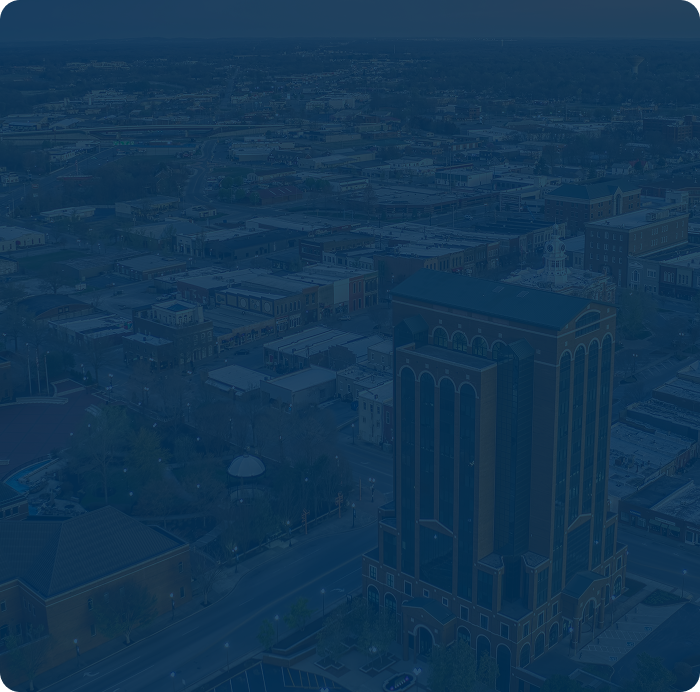Perhaps the biggest player right now is Google, or Google’s parent company Alphabet Inc. Google has the most cars being tested on the road right now and has racked up far more autonomous miles (and thus data) than any other company. Interestingly, Google is also being the most transparent about its efforts to develop a self-driving car. In fact, you can visit https://www.google.com/selfdrivingcar/ and read all about Google’s current testing efforts, including videos, articles, and even a monthly report noting any problems experienced that month.
Google is making the hardest push for truly driverless technology. Google believes the best way to make driving safer is to take humans out of the equation. According to Google, autonomous cars that still require human intervention in certain situations will not reach the desired safety levels, as their studies show that the time it takes for a human to retake control from the automated system would not be quick enough to avoid accidents. Accordingly, Google has developed its own truly driverless car and is testing that car in several locations. This prototype vehicle can travel up to 25 miles per hour and is mostly tested on residential streets. The Google car can interpret bicyclists’ hand signals, recognize common riding behaviors, and is programmed to drive conservatively around cyclists. Google has even taught its autonomous car to honk, but only in a “polite” way and only when it makes driving safer. In 2016, Google revealed through a patent application that it is developing a system that would have its self-driving cars pull over for police and emergency vehicles.
In addition to its self-designed driverless car, Google is also testing its self-driving technology in modified Lexus SUVs. Google has self-driving cars on the roads in Mountain View, CA; Austin, TX; Kirkland, WA; and Phoenix, AZ, as well as plans to open an autonomous car technology center in the Detroit area. Altogether, Google cars have self-driven more than 1.5 million miles. These cars are equipped with sensors that can detect objects such as other cars, pedestrians, cyclists, and road debris up to 200 yards away. Though Google has decided to focus on creating fully autonomous cars, its test cars still have drivers in them, observing how the technology is working and providing feedback to improve the experience. These drivers can take control of the vehicles if needed.
Despite having traveled over 1.5 million miles, Google’s vehicles have been in very few accidents, and all but one have been caused by the other vehicle. Many of these accidents were caused by the driver of the non-autonomous car failing to brake in time or engaging in distracted driving, with incidents such as being rear-ended at a red light being a common occurrence.
One accident, though, was caused by Google’s self-driving car. In February 2016, a Google vehicle was driving in autonomous mode and had pulled toward the right hand curb to prepare to turn. The car detected some sandbags near the curb that were blocking its path, so it came to a stop. After a few cars passed, the Google car began angling around the sandbags and (very slowly) collided with a bus. According to Google, the self-driving car had detected the bus but incorrectly predicted that the bus would yield the right of way to the car. No one was injured in this accident.
In addition to the test cars it currently has on the roads, Google has expressed interest in partnering with other car manufacturers. Google reportedly plans to create an autonomous version of a Chrysler minivan, with a report in August 2016 stating that Google will use these minivans as a test fleet of autonomous taxis. According to this report, these minivans were chosen largely due to their electronic doors and ability to open and close doors without human intervention. Google will potentially announce additional partnerships in the future.
In July 2016, Google hired a lawyer to serve as general counsel of the self-driving car project. This hire marked the first lawyer to be dedicated solely to the self-driving car project, and many saw this as a sign that Google sees its efforts to create a self-driving car as more of a reality now than in the past. You can read more about the lawyer who was hired here.




